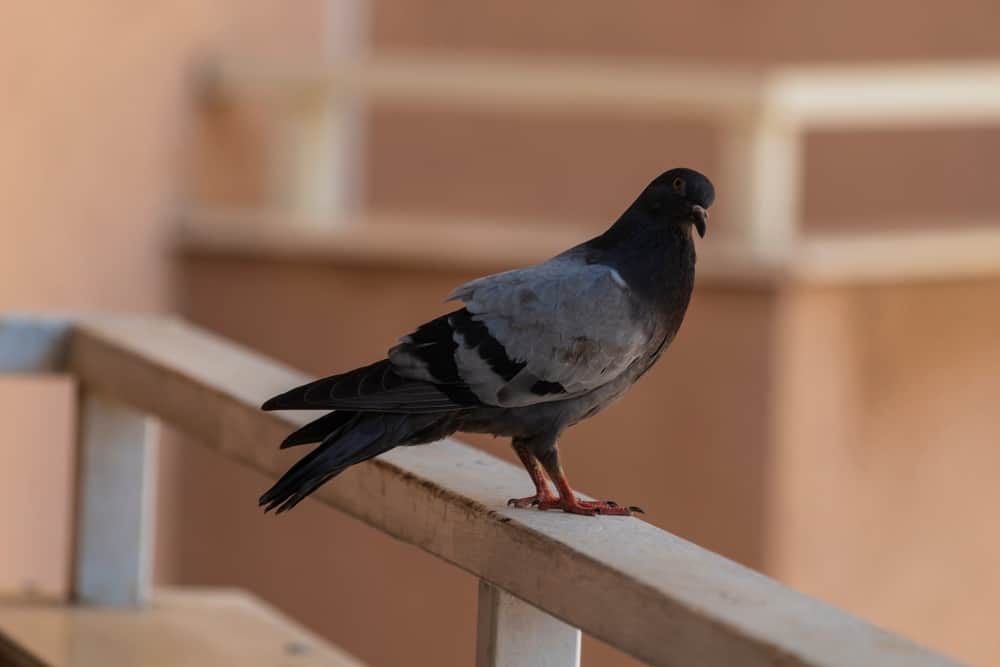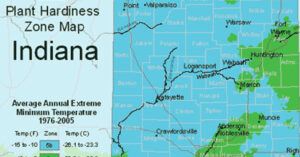
Introduction
As you stand on your balcony, sipping your morning coffee or enjoying the evening breeze, you may have noticed a frequent visitor—pigeons. Their consistent presence sparks curiosity, prompting questions about their behavior and the reasons behind their visits. Understanding why pigeons choose your balcony as a destination is crucial for effective management and peaceful coexistence.
Pigeon Behavior Patterns
Natural Habitat and Adaptability
Pigeons, often termed as urban birds, possess remarkable adaptability to diverse environments, including bustling cityscapes. Their nesting preferences lean towards sheltered spots akin to the nooks and crannies often found in urban architecture. Their behavioral flexibility allows them to thrive amidst human-dominated landscapes.
In their search for sustenance, pigeons exhibit opportunistic foraging behavior. Their dietary preferences encompass a wide array of food types, ranging from seeds and grains to human-provided scraps. The availability of food plays a significant role in dictating their movement patterns and site fidelity.
Social dynamics among pigeons are intricate, with flocking behavior being a prominent feature. Through cooing vocalizations and subtle body language cues, pigeons communicate within their social groups, influencing their collective movements and choices of roosting sites.
Balcony Appeal to Pigeons
Shelter and Safety Considerations
Balconies offer an enticing blend of shelter and safety for pigeons seeking roosting spots. Features such as ledges, alcoves, and overhangs provide ideal nesting sites, fulfilling their instinctual need for secure shelter. The perception of safety within balcony spaces encourages pigeons to establish regular visitation patterns.
Moreover, the presence of accessible food sources on balconies further enhances their appeal to pigeons. Spillage from bird feeders or outdoor dining areas, coupled with the presence of balcony gardens, creates an abundant food supply, effectively transforming balconies into avian buffets.
Environmental factors, including balcony location and surrounding landscape, also influence pigeon visitation patterns. Balconies situated in quieter residential areas may attract more pigeons seeking refuge from urban noise and disturbances. Additionally, seasonal changes in weather and food availability can impact the frequency of pigeon visits.
Mitigation Strategies
Physical Deterrents
Implementing physical barriers such as bird spikes or netting can effectively deter pigeons from roosting on balconies. These deterrents create inhospitable conditions, discouraging pigeons from accessing preferred nesting sites. Additionally, the strategic placement of decoys or visual deterrents can further dissuade pigeons from frequenting balconies.
Environmental modifications play a crucial role in mitigating pigeon presence on balconies. Minimizing food availability by promptly cleaning up spills and removing bird feeders can reduce the attractiveness of balconies to pigeons. Similarly, eliminating potential nesting sites such as gaps or crevices can discourage pigeons from establishing roosts.
Humane management approaches emphasize the use of non-lethal methods to discourage pigeons from frequenting balconies. Habitat modifications, such as installing bird-friendly deterrents, aim to alter the environment in ways that are less conducive to pigeon habitation. Encouraging the presence of natural predators or implementing community-wide education programs can also contribute to long-term pigeon management efforts.
Conclusion
Understanding the factors driving pigeon visitation to balconies is paramount for implementing effective management strategies. By addressing shelter, food availability, and environmental influences, individuals can proactively deter pigeons from frequenting their balconies. Embracing humane management approaches fosters harmonious coexistence between humans and pigeons while minimizing potential conflicts.


